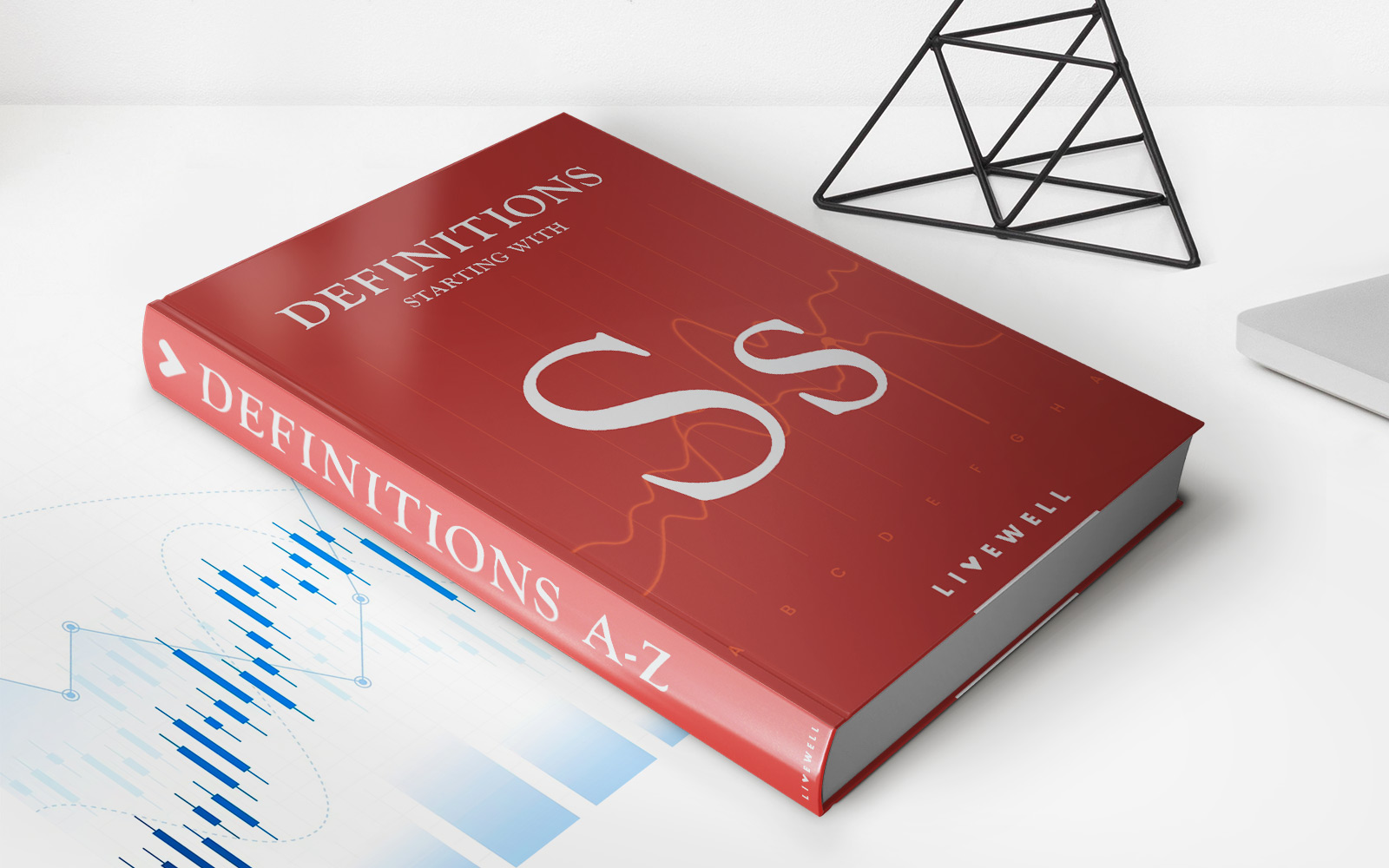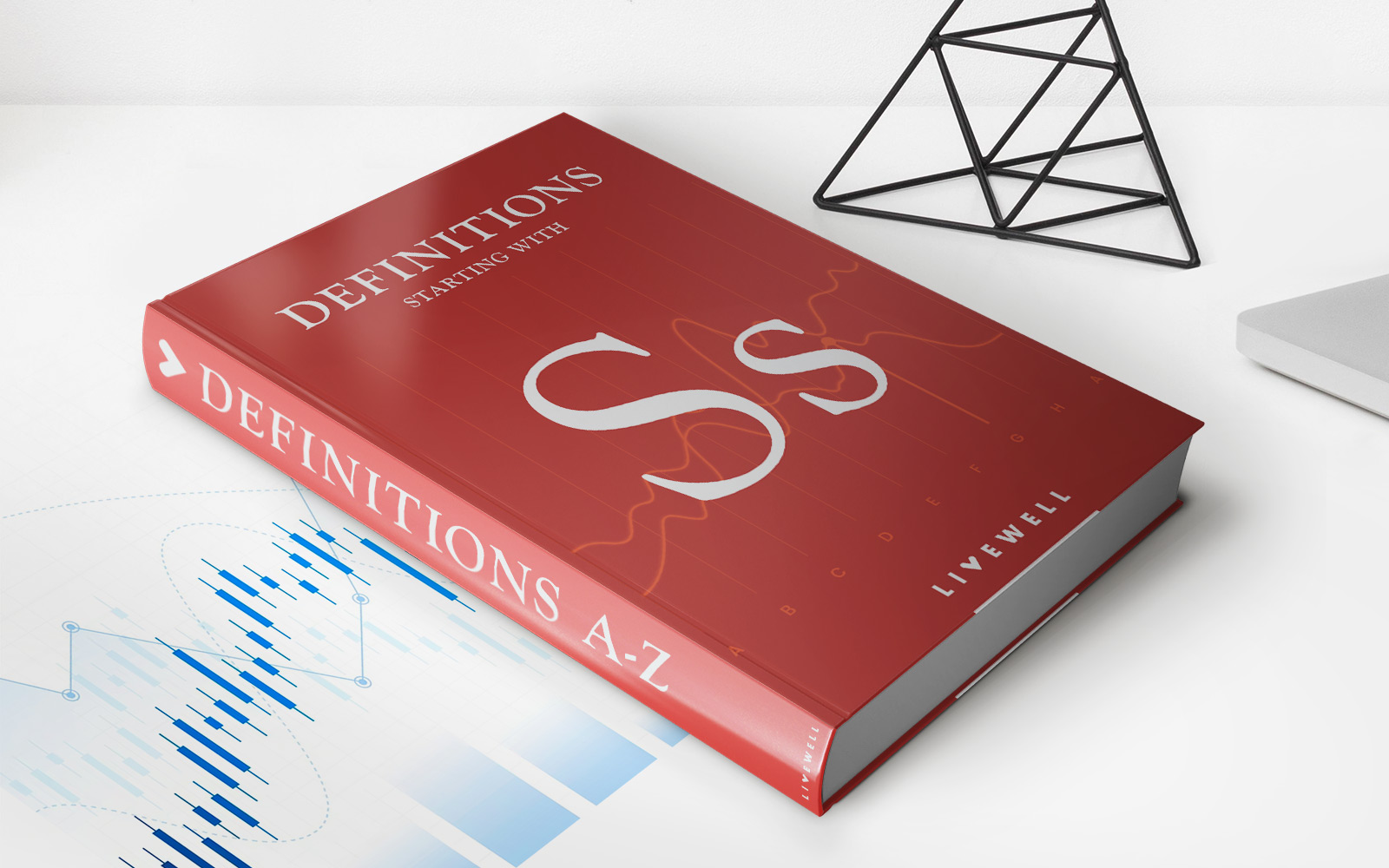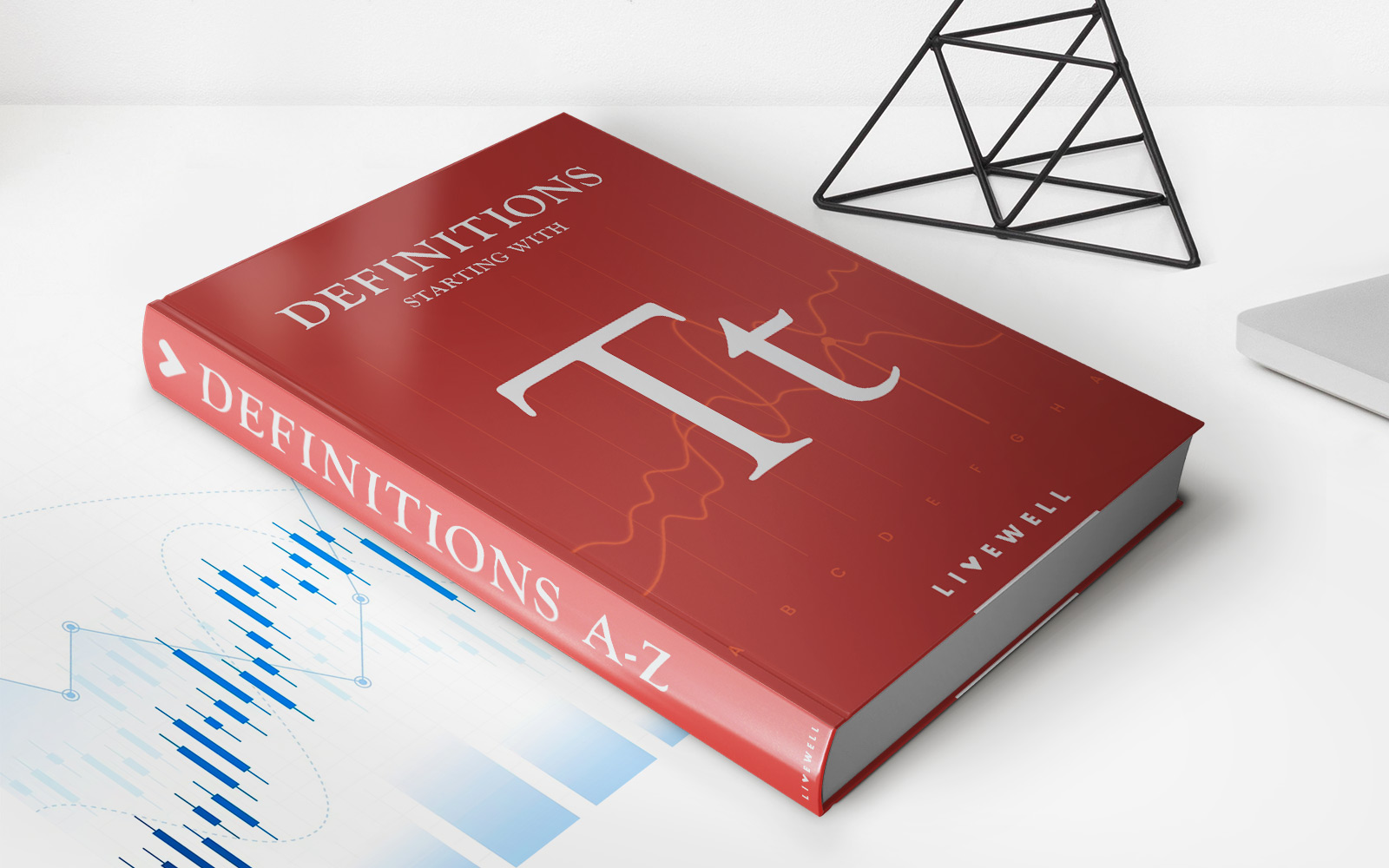Home>Finance>What Is A Spousal IRA? Definition, How It Works, And Contributions


Finance
What Is A Spousal IRA? Definition, How It Works, And Contributions
Modified: February 21, 2024
Learn what a Spousal IRA is, how it works, and the contributions involved with this finance option. Start planning for your future today!
(Many of the links in this article redirect to a specific reviewed product. Your purchase of these products through affiliate links helps to generate commission for LiveWell, at no extra cost. Learn more)
Understanding the Spousal IRA: Your Comprehensive Guide
Are you and your spouse both planning for retirement? If so, congratulations! Saving for retirement together is a wise financial decision, and one great way to supplement your retirement savings is through a Spousal Individual Retirement Account (IRA). In this article, we will define what a Spousal IRA is, explain how it works, and discuss the various contribution options available to couples.
Key Takeaways:
- A Spousal IRA is designed to allow a non-working spouse to contribute to an IRA and benefit from tax advantages.
- Contributions are made using the non-working spouse’s earned income or the working spouse’s earned income.
What is a Spousal IRA?
A Spousal IRA, also known as a spousal Roth IRA or a spousal traditional IRA, is an individual retirement account that permits a working spouse to contribute on behalf of a non-working or lower-earning spouse. This type of IRA provides an opportunity for the non-working spouse to save for retirement and enjoy the same tax advantages as an individual with a regular IRA.
The IRS recognizes the value of stay-at-home parents or individuals who temporarily leave the workforce to care for family members. By allowing a non-working spouse to contribute to a Spousal IRA, both partners have the opportunity to grow their retirement savings, even if only one is generating earned income.
How does a Spousal IRA work?
The mechanics of a Spousal IRA are relatively straightforward:
- Eligibility: To qualify for a Spousal IRA, you must be married and file your tax returns jointly. One spouse must have earned income, while the other spouse does not.
- Contributions: Contributions to a Spousal IRA can be made using either the non-working spouse’s earned income or the working spouse’s earned income.
- Contribution limits: The contribution limits for a Spousal IRA mirror those of a regular IRA. As of 2021, the annual contribution limit is $6,000 (or $7,000 for individuals aged 50 and above).
- Tax advantages: Depending on the type of IRA chosen (Roth IRA or traditional IRA), contributions to a Spousal IRA may offer tax advantages such as tax-free growth or tax-deductible contributions.
- Withdrawals: Withdrawals from a Spousal IRA are subject to the same rules and regulations as any other IRA. Early withdrawals before the age of 59 ½ may result in penalties and taxes, with a few exceptions such as qualified medical expenses or first-time homebuyer expenses.
It is important to note that the working spouse can still contribute to their own separate IRA and the Spousal IRA, meaning couples can maximize their retirement savings by taking advantage of both accounts.
Contributions to a Spousal IRA
When it comes to contributing to a Spousal IRA, there are a few things to consider:
- Both spouses can contribute to their individual IRAs as long as the total contributions do not exceed their combined earned income or the annual contribution limit.
- If the working spouse qualifies for an employer-sponsored retirement plan (such as a 401(k) or 403(b)), there are income limits that determine the deductibility of the contributions made to the working spouse’s traditional IRA.
- For Roth IRAs, there are income limits that determine the eligibility to contribute, regardless of the type of employer-sponsored retirement plan.
Consulting with a financial advisor or tax professional is recommended to determine the best strategy for maximizing contributions and taking advantage of the tax benefits specific to your situation.
In Summary
A Spousal IRA is a fantastic way for couples to boost their retirement savings by allowing a non-working spouse to contribute to an IRA and enjoy the associated tax advantages. It ensures that both partners have the opportunity to build a secure financial future, regardless of whether they are generating earned income at the time. By understanding the eligibility requirements, contribution limits, and tax advantages, couples can make informed decisions about their retirement savings. So, start planning early and consider opening a Spousal IRA today!














